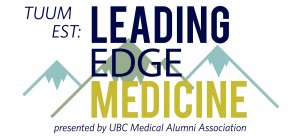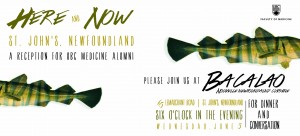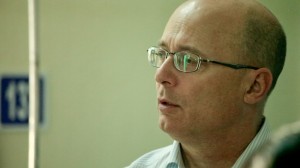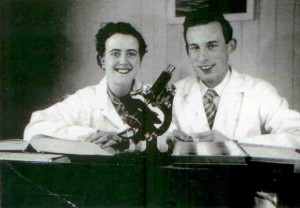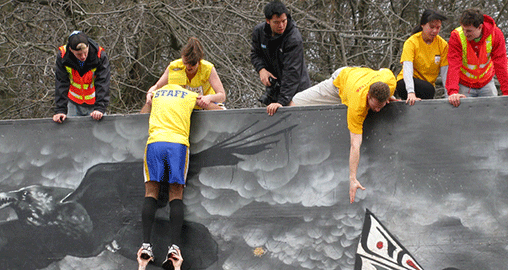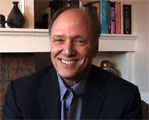 Dr. Bruce Miller is a Professor of Neurology at the University of California, San Francisco (UCSF) and holds the A.W. and Mary Margaret Clausen Distinguished Chair. He directs the busy UCSF dementia centre where patients in the San Francisco Bay Area receive comprehensive clinical evaluations. His goal is the delivery of model care to all of the patients who enter the clinical and research programs at UCSF.
Dr. Bruce Miller is a Professor of Neurology at the University of California, San Francisco (UCSF) and holds the A.W. and Mary Margaret Clausen Distinguished Chair. He directs the busy UCSF dementia centre where patients in the San Francisco Bay Area receive comprehensive clinical evaluations. His goal is the delivery of model care to all of the patients who enter the clinical and research programs at UCSF.
Dr. Miller is a behavioural neurologist focused in dementia with special interests in brain and behaviour relationships as well as the genetic and molecular underpinnings of disease. His work in frontotemporal dementia (FTD) emphasizes both the behavioural and emotional deficits that characterize these patients, while simultaneously noting the visual creativity that can emerge in the setting of FTD. He is the principal investigator of the NIH-sponsored Alzheimer’s Disease Research Center and an NIH-funded program project on FTD called “Frontotemporal Dementia: Genes, Imaging and Emotions.” He oversees a healthy aging program supported through the Hellman Center, which includes an artist-in-residence program. In addition, he helps lead two philanthropy-funded research consortia, the Tau Consortium and Consortium for Frontotemporal Research, focused on developing treatments for tau and progranulin disorders respectively. Also, he has worked with the National Football League to help with the education and assessment of players related to brain health. Dr. Miller teaches extensively and runs the Behavioral Neurology Fellowship at UCSF.
Dr. Miller has received many awards including the Potamkin Award from the American Academy of Neurology, the Raymond Adams Lecture at the American Neurological Association, the Elliot Royer Award from the San Francisco neurological community, the UCSF Annual Faculty Research Lectureship in Clinical Science, the UCSF Academic Senate Distinction in Mentoring Award, and the Gene D. Cohen Research Award in Creativity and Aging from the National Center for Creative Aging. He has authored “The Human Frontal Lobes,” “The Behavioral Neurology of Dementia” and extensive publications regarding dementia. He has been featured in Fortune Magazine, The Charlie Rose Show, PBS NewsHour, The New York Times, and other media. For nearly three decades, Dr. Miller has been the scientific director for the philanthropic organization The John Douglas French Alzheimer’s Foundation.


